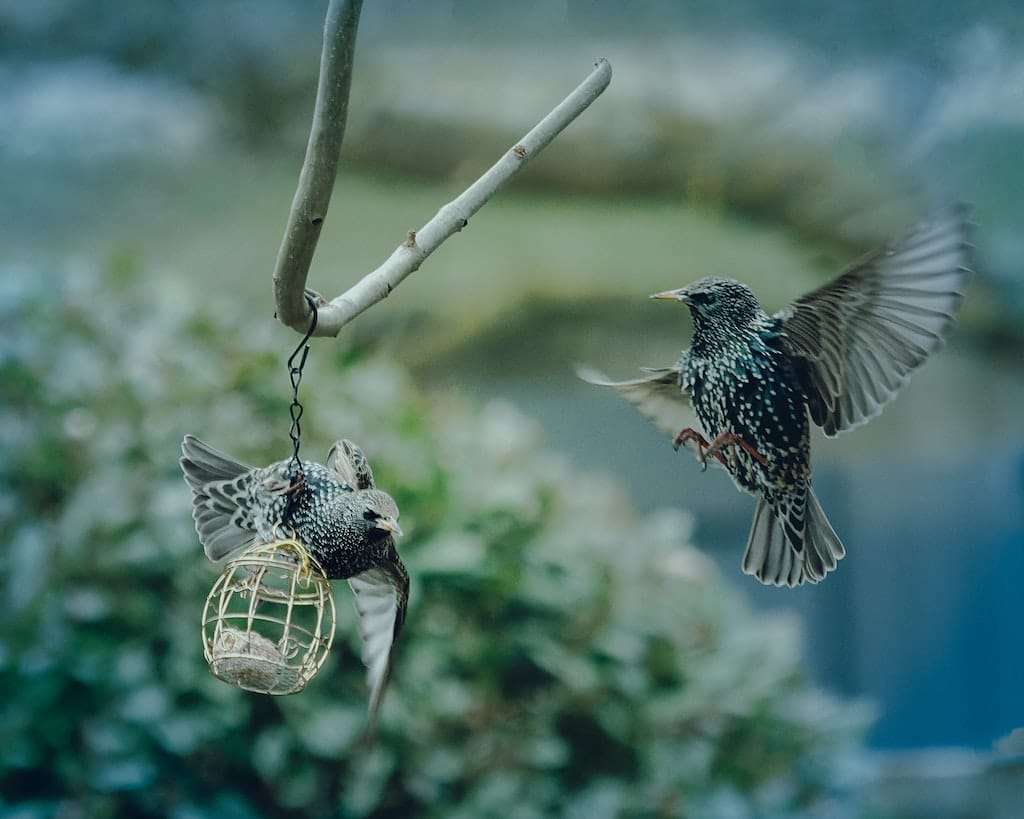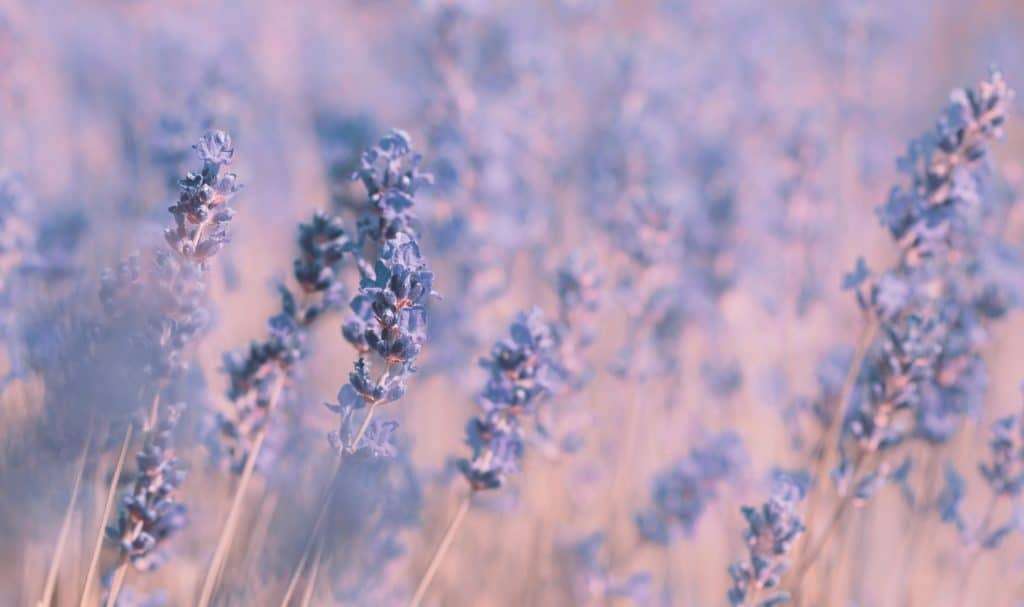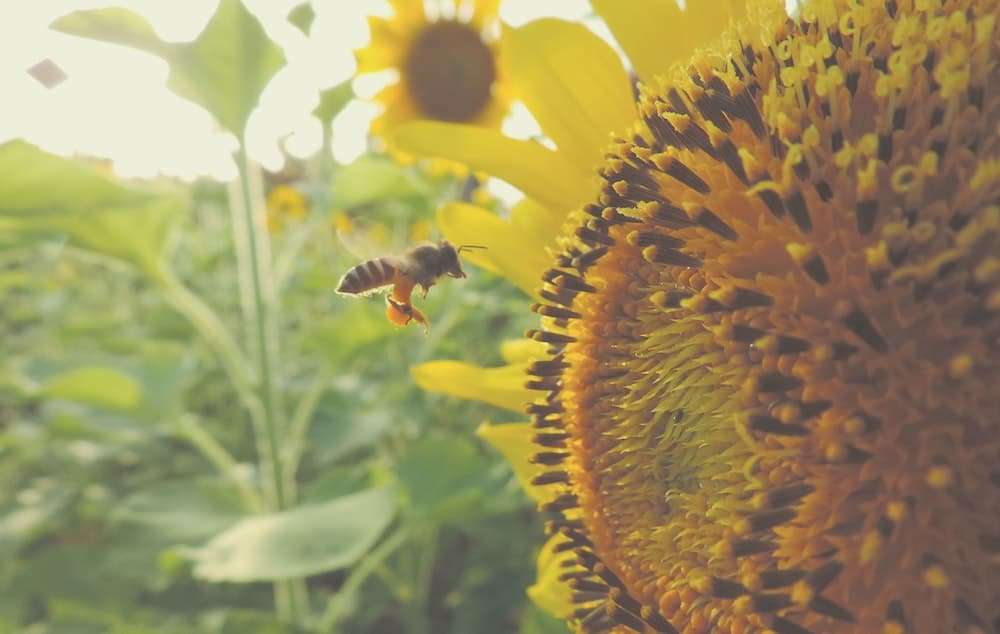A new recommendation from the U.K.’s Royal Society for the Protection of Birds will make your summer garden a more welcome respite for wildlife as well as a feast for the eyes and nose.
According to a new campaign launched by the RSPB, threatened wildlife U.K. species including starlings, bumblebees, and hedgehogs, could see a boon along with dozens of other species, with the increased planting of a few key flowers along with a few other steps.
Starling numbers have dropped significantly in recent years, falling by more than 60 percent since the 1970s in Britain, according to the RSPB. Hedgehog numbers have also declined, dropping from more than 30 million in the 1950s to about one million today.
Struggling wildlife
According to the group, sunflowers and lavender can help serve as a source of food for struggling wildlife. Sunflower seeds are a particular favorite food for birds such as starlings that can keep them fed through to early autumn. Lavender is an excellent food source for pollinators like bumblebees, whose numbers have been on the decline in recent years.
A 2020 study published in the journal Science found bumblebee populations in the U.K. and North America declined by more than 30 percent in just a generation’s time, due in large part to human-caused climate change.
“We found that populations were disappearing in areas where the temperatures had gotten hotter. If declines continue at this pace, many of these species could vanish forever within a few decades,” lead researcher Peter Soroye, a PhD student at the University of Ottawa, told the Guardian at the time.

“I’m thrilled to hear how many people are now taking steps to help wildlife in their gardens and outdoor spaces,” Adrian Thomas, the RSPB’s wildlife gardening expert, said in a statement. “It feels like a movement is under way in which people are recognising that our gardens can be wonderful, shared spaces for us and for wildlife, to the benefit of all.”
The group encouraged people to plant flowers over the Easter weekend, specifically lavender and sunflowers, but it says there’s really no bad time to do it this time of year.
“They produce beautiful flowers in just a few weeks, and you’ll be surprised at how quickly you see pollinators buzzing into your garden,” he added.
RSPB also suggests red poppies and blue cornflowers as well as foxgloves, the tall purple, pink, and white flowers that are “bee magnets.” It also recommends leaving an area of your yard to overgrow, creating a “mini meadow.” Seeds will naturally sprout there, and depending what crops up, your garden can become a little buzzing ecosystem feeding a range of wildlife including essential pollinators.
Planting lavender and sunflowers
According to Homes and Gardens, the best time to plant lavender is mid to late spring or early fall for potted lavender plants. “Throughout summer, this ancient herb is a mass of blue-purple blooms,” writes Hazel Sillver. “It hums with contented bees and flutters with butterflies, and the reviving aroma of the flowers and foliage scents the air. Then, during the cold months, this useful evergreen shrub provides structure and silver-green color.”

Sunflower grows best after the last frost, and you can start these indoors if you prefer. According to Real Simple, if you’ve never grown sunflowers from seed before, planting them for the first time might feel intimidating. “The good news is, adding these towering yellow beauties to your yard is relatively easy, assuming you live in the United States, where the native sunflower has been cultivated for thousands of years.”
The RSPB campaign is focused on U.K. gardens, noting that its gardens and balconies are equal to more than 4,000 square km, about twice the size of Greater London. But it emphasizes these practices are beneficial to gardens everywhere.
“To play your part, the best and easiest place to start is to grow more plants,” Thomas said. “They provide varied, healthy food sources, and offer shelter and nesting spots. And the lovely thing is that lots of plants that are good for wildlife are also beautiful, colourful and richly scented, making outdoor spaces more welcoming, relaxing, and interesting for all of us to enjoy.”


